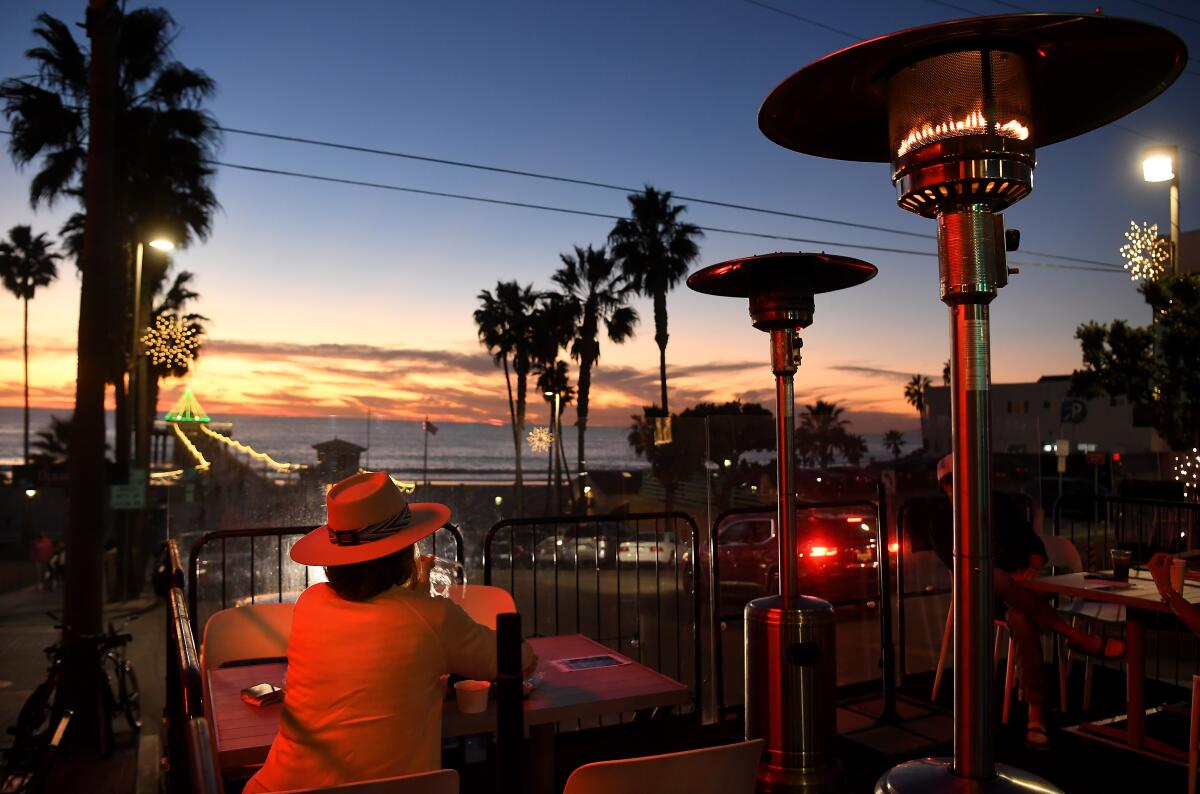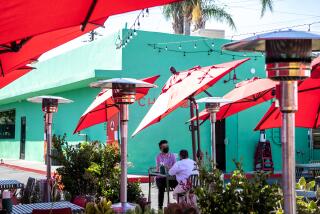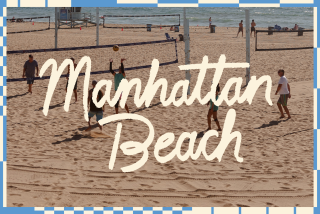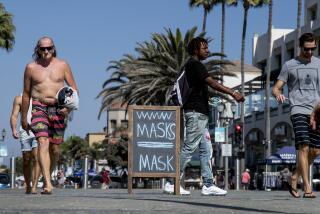Manhattan Beach closes outdoor public seating areas

After Los Angeles County ordered restaurants to suspend outdoor dining in December because of a surge in coronavirus cases, the city of Manhattan Beach turned its outdoor dining areas into public seating where people could potentially eat during the holidays.
But on Sunday night, city officials announced that they would close the public seating areas following a record number of coronavirus cases in the coastal town.
Manhattan Beach City Manager Bruce Moe said in a written statement that the city has seen cases nearly double to 821 from 421 on Nov. 1. The daily count of new cases on Sunday was 26, a record for the city.
Restaurants remain open for takeout and delivery only, per the county order.
âWe must continue to respond to the ever-changing dynamics of this pandemic. We are asking residents to stay home if possible and mainly go out for work and essentials or to exercise outdoors,â said Mayor Suzanne Hadley in Sundayâs statement. âThis recent spike in the virus is significant, despite the good news last month of our Manhattan Beach firefighters receiving some of the first COVID-19 vaccinations.â
Manhattan Beach officials are also concerned about the new, potentially more contagious coronavirus strain that has arrived in California. The most recent case was detected in Big Bear, bringing the total number statewide to at least six. While the new strain is more transmissable, experts say thereâs no evidence that it is deadlier, causes more severe illness or renders existing vaccines ineffective.
âWith a new mutant strain of COVID now present in California, which is reportedly more easily spread than the original virus, we must continue to strive to reduce virus transmission,â Manhattan Beach officials said in their statement.
Manhattan Beachâs move to turn outdoor dining areas into public seating came after the countyâs order prohibiting outdoor dining at restaurants, breweries and wineries. The order was implemented due to the November surge in coronavirus cases.
In order to use the public seating areas, people were required to wear face coverings, practice social distancing and refrain from gathering with those from outside their household. Alcohol consumption was prohibited.
More to Read
Sign up for Essential California
The most important California stories and recommendations in your inbox every morning.
You may occasionally receive promotional content from the Los Angeles Times.












